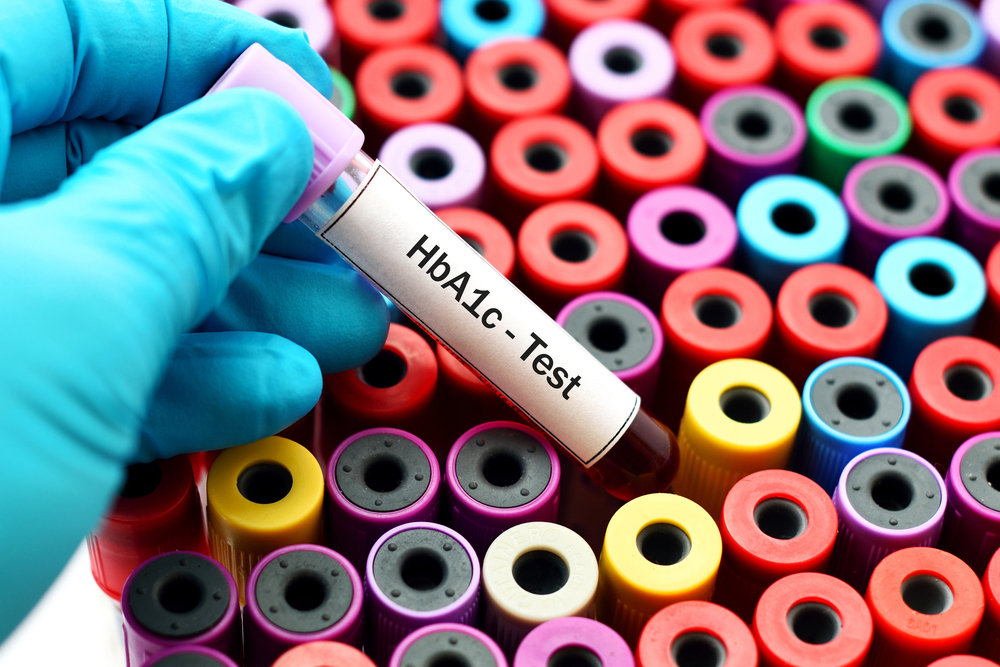What is Diabetes Mellitus?

Diabetes mellitus refers to a collection of metabolic diseases marked by high blood sugar levels over an extended period. It is a chronic condition that significantly impacts the body’s ability to process glucose, a vital energy source derived from food, particularly carbohydrates.
What causes diabetes mellitus?
Understanding the causes of diabetes mellitus requires an examination of the types of diabetes mellitus:
- Type 1 diabetes: This type is an autoimmune disease where the immune system erroneously targets insulin-producing beta cells found in the pancreas.
- Type 2 diabetes: This is often called type 2 mellitus or type 2 diabetes mellitus and is attributed to lifestyle and genetic factors. In type 2 diabetes mellitus, the body either resists absorbing insulin or doesn’t produce enough of the hormone to maintain normal glucose levels. Type 2 diabetes mellitus causes nerve damage, blindness, and other serious health issues.
- Gestational Diabetes Mellitus: This type develops during pregnancy and usually disappears after giving birth. However, it increases the mother’s risk of developing type 2 diabetes later in life.
What are the signs and symptoms of diabetes mellitus?
Diabetes mellitus symptoms can be mild and easy to dismiss at first. Some of the important signs of diabetes mellitus include:
- Increased Thirst and Frequent Urination: Excess sugar buildup in the bloodstream causes fluid to be pulled from the tissues, leaving individuals thirsty.
- Increased Hunger: Without enough insulin to move sugar into the cells, muscles and organs become depleted of energy, triggering intense hunger.
- Weight Loss: Diabetic patients may lose weight despite eating in excess to relieve hunger. Without the ability to metabolise glucose, the body uses alternate fuels stored in fat and muscle.
- Fatigue: If cells are deprived of sugar, individuals may become tired and irritable.
- Poor Vision: High blood sugar levels can lead to blurred vision and other eye problems.
- Slow-healing sores or frequent infections: High blood sugar levels impair the body’s natural healing process and its ability to combat infections, which can be one of the symptoms of type 2 diabetes mellitus.
How is diabetes mellitus diagnosed?
Diabetes mellitus diagnosis can be done through several blood tests:
- Fasting Blood Sugar Test: This diabetes mellitus test measures blood sugar subsequent to an overnight fast. A 126 milligrams per deciliter (mg/dL) blood sugar level or higher suggests diabetes.
- Oral Glucose Tolerance Test: Blood sugar is measured after fasting overnight. Subsequently, patients drink a sugary liquid, and their blood sugar levels are analysed over the next two hours.
- Haemoglobin A1c (HbA1c) Test: This test indicates the average blood sugar level for the past two to three months. A 6.5% A1c level or higher on two separate tests indicates diabetes.
How can diabetes mellitus be managed and prevented?
The prevention of diabetes mellitus can be done by following these actions:
- Healthy Eating: A diabetes mellitus diet plan balanced with fruits, vegetables, whole grains, and lean proteins is crucial. Monitoring carbohydrate intake and choosing foods with a low glycemic index can help manage glucose levels.
- Regular Physical Activity: At least 150 minutes of aerobic exercise weekly, such as walking, can help control blood sugar and weight.
- Blood Sugar Monitoring: Individuals may need to check and record their blood sugar levels daily or multiple times a week.
- Diabetes Medication or Insulin Therapy: Some people need medications for diabetes mellitus type 2 or insulin therapy to manage their diabetes. The diabetes mellitus treatment depends on the type of diabetes and the severity of the condition.
- Education and Support: Understanding diabetes and learning about treatment options are the basic steps in the management of diabetes mellitus. It can help individuals manage their condition effectively. Consulting with health experts can help understand the pathophysiology of diabetes mellitus and ways to manage this disease.
FAQs
1. What is type 1 diabetes mellitus?
Diabetes mellitus type 1 is a condition wherein individuals are entirely dependent on insulin.
2. What is type 2 diabetes mellitus?
Type 2 diabetes involves the body’s ineffective use of insulin and often develops gradually, typically in adults.
3. Can Diabetes Mellitus Be Cured?
While there is no cure for diabetes, the condition can be managed effectively through diet for type 2 diabetes mellitus, medication, lifestyle changes, and regular monitoring.
4. What Diet Should People with Diabetes Mellitus Follow?
A person with type 2 diabetes with mellitus must consume a diet focusing on low-fat, high-fibre foods, including whole grains, fruits, and vegetables.














